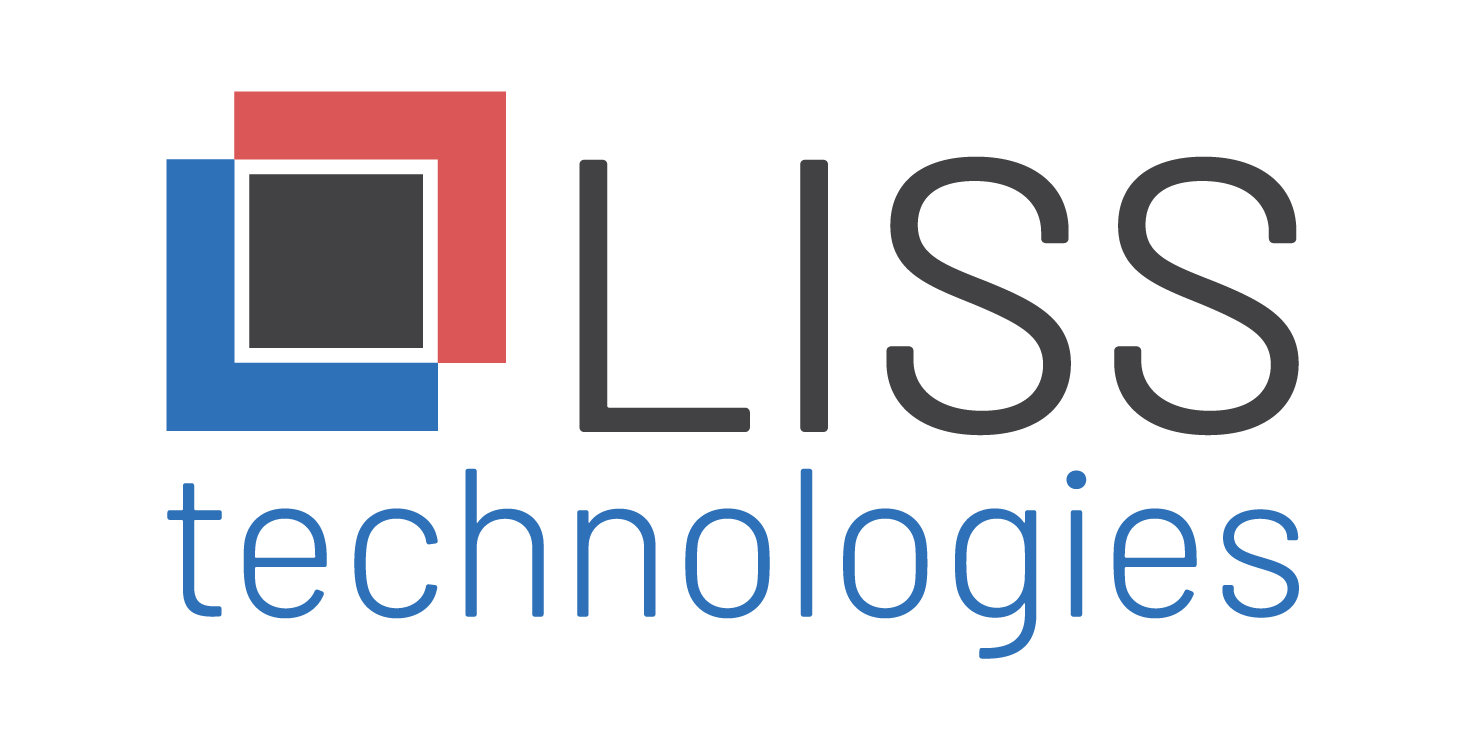
Your business is full of value to a cybercriminal, from client credit card numbers to sensitive information about the company. It’s because of this value that, regardless of the size, companies have the biggest targets on their back. To get that information, though, they first have to break into your network. This is done through technology vulnerabilities.
What Is a Vulnerability Assessment?
What is a vulnerability in cybersecurity? Also called exploits or security gaps, vulnerabilities are weaknesses in your network, security procedures, or IT implementation that leave your company open to a data breach. Every day, hackers are searching for holes in your security that they can use to invade your systems.
Some vulnerabilities are easy to find, but many others are easily overlooked. As a result, it can be difficult to find all the exploits hiding in your network. Fortunately, you can identify these hidden security gaps with what’s known as a vulnerability assessment. Also known as vulnerability testing, this is a threat remediation procedure that’s designed to reveal cybersecurity blind spots.
What Is the Purpose of a Vulnerability Assessment?
You may be wondering, why do I need to do a vulnerability assessment if it doesn’t get rid of the problem? While the test won’t remove all the exploits in your infrastructure, it is still highly important for one main reason. The purpose of a vulnerability test is to shine a spotlight on your weaknesses. This informs you of where your vulnerabilities are so a team of cybersecurity professionals can go in and apply fixes as needed.
It’s recommended that a vulnerability test be managed by someone who can take an unbiased look into your IT and cybersecurity policies. Preferably, this would be a professional contractor or a third-party provider like LISS Technologies. While it may be cheaper to conduct your own vulnerability assessment, you can’t beat the expertise of a provider that specializes in the area.

What Is Vulnerability Scanning?
Now that you know what a vulnerability assessment is, how does it differ from vulnerability scanning? They are actually similar processes, but one is more focused than the other. Vulnerability scanning is an inspection of potential exploits on a computer or network. It usually includes four processes:
- Vulnerability Identification: The first step is to draft a comprehensive list of application vulnerabilities. This is where security analysts test the health of applications and servers.
- Analysis: Analysis involves finding the root cause of the vulnerabilities found in step one. Having this information can make remediation easier.
- Risk Assessment: The third step in the process is risk assessment. During a risk assessment, vulnerabilities are ranked according to the danger they present to the company. The severity of the security gap may be determined by factors like what data is at risk and which systems are affected.
- Remediation: The fourth step is focused on figuring out how each vulnerability can be remediated.
Consider scanning as part of an overall vulnerability assessment. A full assessment involves looking into your network in addition to reviewing your cybersecurity policies and procedures. This ensures that you have complete cybersecurity across the board.
How Does a Vulnerability Assessment Work?
When a vulnerability assessment is performed, there are three main objectives you’re trying to accomplish:
- Identification: Vulnerabilities can range anywhere from critical design flaws to simple mistakes, like leaving laptops unattended.
- Documentation: Any vulnerabilities that are discovered are documented. This allows your managed services provider to easily identify and reproduce the findings.
- Guidance: Reports are created to inform you of potential exploits. These reports also include recommendations you can use to solve the issues.
These three objectives are achieved by following a four-step process:
- Planning: Planning involves beginning documentation, defining the scope of the test, and defining the rules of engagement.
- Gathering Information: After the first phase is complete, it’s time to start collecting and examining data.
- Identifying Vulnerabilities: The next step is actually finding the vulnerabilities. This is done through manual means and with vulnerability scanning tools.
- Reporting: The final step is to provide a report based on analyzing the results. This is usually a detailed report on findings and recommendations.
What Are the Types of Vulnerability Assessment?
There is more than one type of vulnerability assessment and each type is used for different reasons. Some of the most commonly used assessments include:
- Network Scans: A network scan is used to identify possible vulnerabilities that could be used to carry out attacks on your network. It’s also used to detect blind spots on wired or wireless networks.
- Host Scans: A host scan is used to locate and identify vulnerabilities on servers, workstations, or other network hosts.
- Application Scans: An application scan is meant for testing web applications and their source code. It’s able to discover software vulnerabilities by scanning source code on the front end or by conducting a static/dynamic analysis of the source code.
- Database Scans: Database scans take a look at your database and other big data systems in your infrastructure. The goal of this scan is to identify misconfigurations, find rogue databases or insecure developer test environments, and classify sensitive data across an organization’s infrastructure.
Schedule a Vulnerability Assessment With LISS Technologies
The technicians at LISS Technologies are highly trained and knowledgeable in all aspects of IT, including cybersecurity. We offer cutting-edge cybersecurity solutions to keep your network secure. If you need a vulnerability assessment, we have you covered. As your partner, we won’t just help you identify cybersecurity vulnerabilities—we’ll also fix any exploits we find.
If you’d like to learn more about how we can help you improve your cybersecurity posture, contact us today.

About Us
At LISS Technologies, we develop advanced IT solutions that allow your organization to adapt to change, manage growth, and reach your business goals.
Services
Contact Us
PENN 1
250 West 34th Street, Suite 326
New York, NY 10119
15 Bryant Avenue, Suite 100
Roslyn, NY 11576


